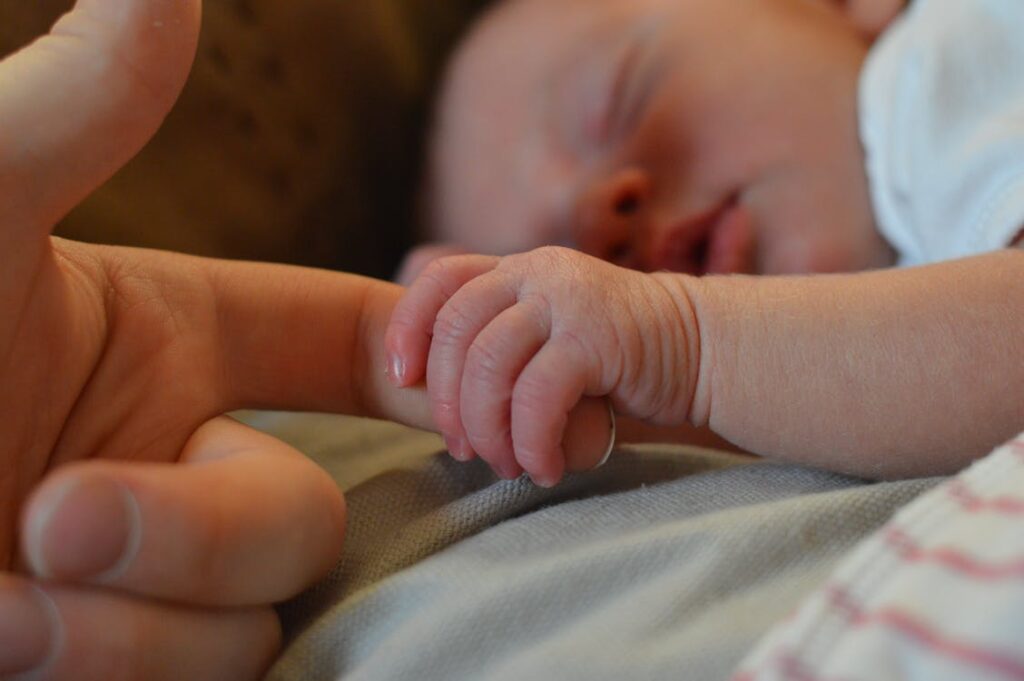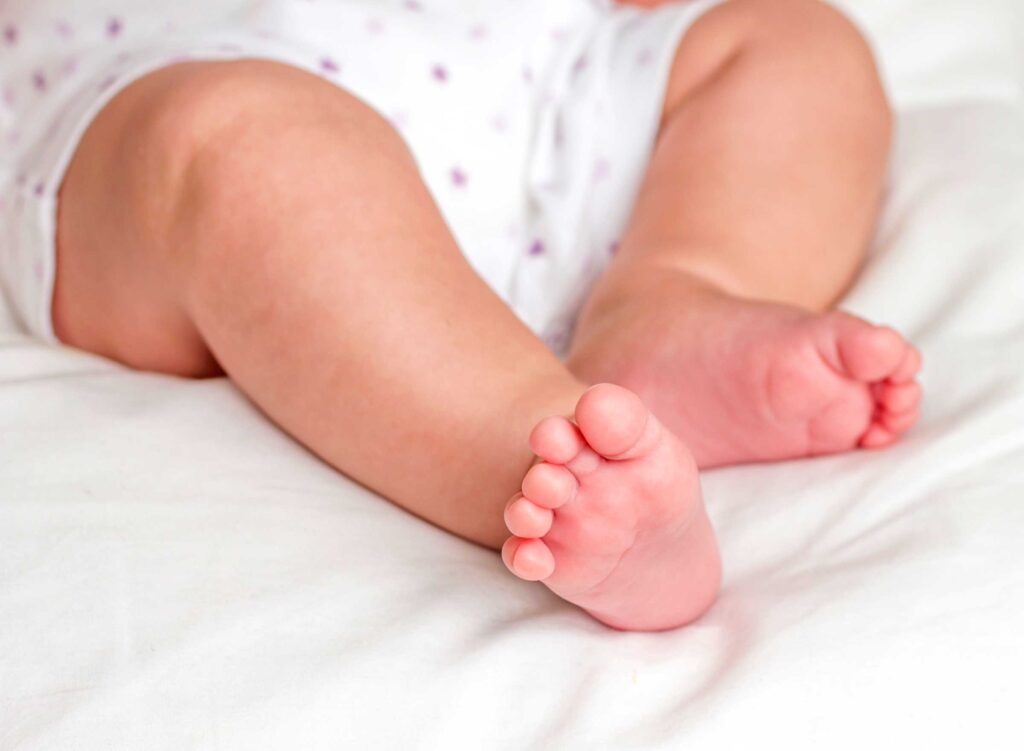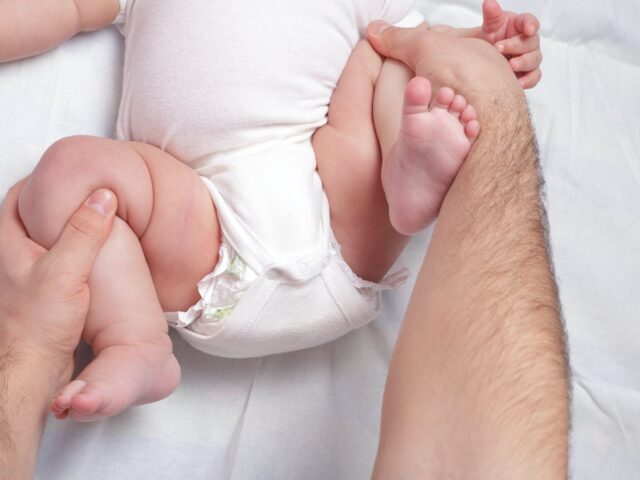Hip Dysplasia is a condition that affects the hip joint and affects both children and adults. The disorder occurs when the ball at the top of the thigh bone (femur) does not fit snugly into the socket of the hip bone. The condition can be characterized by pain, limping, stiffness, varying leg lengths, and problems with movement. Hip misalignment can cause problems with movement and arthritis later in life.
Early screening tests can detect hip dislocation during the early stages. Depending on whether or not Hip misalignment is mild or severe, treatment may vary from physical therapy, medication, or surgery. Early detection and treatment are vital to managing this condition and ensuring a better quality of life for those living with this condition.
Why Does it Happen?
Several risks factors contribute to the development of hip dysplasia, such as:

1. Abnormalities During Fetal Development
One of the most common causes of hip dislocation is abnormalities during fetal development. Sometimes, the bones in a baby’s hips do not form correctly, which can lead to dislocation. There are some risk factors that may increase the likelihood of fetal abnormalities happening, including:
- Maternal age over 35 years old
- Being pregnant with multiples (twins or more)
- Having diabetes or thyroid problems
- Smoking cigarettes while pregnant
2. Genetics
Hip dysplasia can also be caused by genetics. If one or both parents have hip misalignment, or the family has a history of the disorder, a child may be more likely to develop the condition. Genetic diseases are passed from one generation to another and could be a reason why your child has congenital hip dislocation.
3. Obesity
Obesity is another risk factor that can lead to hip problems. When a person is overweight, it puts more pressure on the hips and can cause them to become misaligned. This extra pressure also increases the chances of developing arthritis in the hips, which is a common complication associated with hip misalignment.

4. Injury after Birth
Trauma or injury to the hips after birth can also lead to dislocation of the hip. If a baby is not handled correctly after delivery, or if they fall or are pushed down too hard on their hips, it can cause the bones in the joints to become misaligned. This often occurs when there is a delay in diagnosing and treating hip dysplasia.
5. Disease Complications
Complications from other diseases such as cerebral palsy or arthritis can also lead to hip dysplasia. Some of these diseases’ symptoms manifestations have been linked to increasing the risks of putting excessive pressure on the hips and causing them to become misaligned over time.
6. Environmental Factors
Several environmental factors can increase the risk of misalignment. These include:
- Prolonged positioning in a constrained position, such as being swaddled or put in a car seat for long periods of time
- Exposure to cigarette smoke
- Malnutrition
- Falling during activities or accidental

Conclusion
Hip dysplasia is a painful condition that affects the hip socket. The good news is it can be treated with orthopedic surgery to relieve pain and prevent future damage to the joint. If you are suffering from this debilitating disease or know someone who needs help getting treatment, contact Steps Worldwide for more information on providing funding for people in need of medical care and unable to pay for treatment.
Moreover, you can also donate directly through their website and offer support to someone in need of hip dysplasia treatment. Together, we can make a difference.




